Oolong Tea
Oolong is also known as slimming tea, a beauty and health booster. It’s great for digestion, diuretics, anti-allergy and anticancer.
Sneak Peak
Oolong tea, also known as qing cha, is a partially oxidized tea. The process of oolong tea combines positive aspects of the green tea and black tea processes. The leaves remain green with a red ring. The taste has rich brisk and fresh characteristics of green tea as well as the sweetness and richness of black tea. It was invented around the 17th century in the Wuyi area.
SIP ALONG with
Rou Gui
$14.00 – $50.00
Dry Leaf: granite, floral, dark chocolate
Liquor Color: deep amber, ruby
Liquor Aroma: teasing cinnamon, gentle floral, deepening mineral
Flavor: granite, lingering cinnamon, cardamom, mineral, light floral, stone fruit as liquor cools
Mouthfeel: solid, thick, lingering, clean, fresh, creamy in later infusions
Wet Leaf: slight tobacco, sweet
Lid: flowers, spices
Bottom Cup: soupy foundation for an array of flavors
-
Description
From the moment I opened the bag, I knew this Rou Gui was going to be special. The dry leaves greeted me with a bold yet inviting aroma—granite, floral notes, and a whisper of dark chocolate. Once they hit the warm gaiwan, the scent softened slightly, keeping me intrigued.
The first infusion was everything I love about Rou Gui—a perfect balance of deep minerality, lingering spice, and that signature cinnamon warmth. But there was more. A touch of cardamom emerged, adding a refined complexity that made me sit up and pay attention. I even accidentally pushed the steep time a little, it held its ground—stronger, but never astringent, with a soft, floral sweetness that lingered in the after-breath.
And the texture — thick, smooth, and clean, with a surprising creaminess that sneaks in as the session unfolds. It’s the kind of mouthfeel that makes you want to take just one more sip—and then another. By the time I reached the later infusions, it had settled into something almost brothy, a rich foundation supporting the full array of flavors.
This Rou Gui doesn’t punch you in the face with its spice, nor does it disappear into the background. It’s confident, complex, and effortlessly balanced. If you love Wuyi rock oolongs that are deep, warming, and endlessly drinkable, this one belongs in your gaiwan.
- Additional information
-
Reviews (0)
You may also like…
-
Rou Gui – Premium
$26.00 – $99.00 -
Fenghuang Dan Cong – Rou Gui Xiang
$19.00 – $70.00 -
Shui Xian
$11.00 – $39.00 -
Aged Shou Mei – 2014
$23.00 – $290.00
The process
The oolong tea process can be summarized as withering (wei diao, 萎凋), shaking (zuo qing, 做青), pan-firing (chao qing, 炒青), rolling (rou nian, 揉捻), and drying (gan zao, 干燥). Shaking is the key step in making oolong tea, deciding the quality features and the base of its taste and aroma.
After withering, the leaves are shaken in the machine. During this process, the leaves hit each other and the edges of the leaves are bruised, encouraging oxidation and provoking a series of chemical and biological changes. The cells on the edge of the leaves are broken and oxidized, making the leaf edge look red. The center of the leaf also changes color, from green to a yellowish-green. This is called “green leaf with red edge” (lü ye hong xiang bian, 绿叶红镶边).
Observe
Varying from different regions, the liquor of oolong tea ranges from bright, light yellow, to orange, all the way to a ruby-ish deep orange. The greener the dried leaves, the lighter the oxidization level, and the lighter the liquor color. Accordingly, the darker green, reddish-brown, or lusterous black the dried leaves, the deeper the liquor color.
Aroma
Oolong is a partially oxidized tea with strict plucking standards. Many oolongs are about 20% oxidized, keeping the freshness of green tea, while the oxidization also gives it the rich aroma and taste of black tea. Benefiting from both sides, oolong has won many people’s hearts.
-
Tie Guan Yin Classic
$16.00 – $59.00
Types of Oolong Tea
Minbei Oolong: Wuyi yan cha, Minbei Shui Xian, Wuyi Rou Gui etc.
Minnan Oolong: Anxi Tie Guan Yin, Qi Lan, Ben Shan Oolong, Huang Jin Gui, etc.
Guangdong Oolong: Fenghuang Dan Cong, Fenghuang Shui Xian, Raoping oolong.
Taiwan Oolong: Dong Ding Oolong, Wenshan Bao Zhong, etc.
Grades of oolong
Good oolong
Appearance: Tie Guan Yin leaves look thick and sturdy, curved and round; Shui Xian leaves are tight and sturdy, twisted straight lines.
Luster: various shades of green with radiance.
Aroma: floral
Liquor color: gold or orange-gold, bright.
Taste: thick and rich, refreshing, vivid, and agile.
Brewed leaves: a green leaf with a red edge. The vein and the edge are lustrous red, while the rest is yellowish-green.
Bad oolong
Appearance: rough and loose, “light”
Luster: dull brown or red.
Aroma: smoky, burnt, grassy, or other odors.
Liquor color: green tinge, dull red, cloudy.
Taste: thin with bitterness and astringency
Brewed leaves: dull and dark.
-
Rou Gui – Premium
$26.00 – $99.00 -
Shui Xian
$11.00 – $39.00
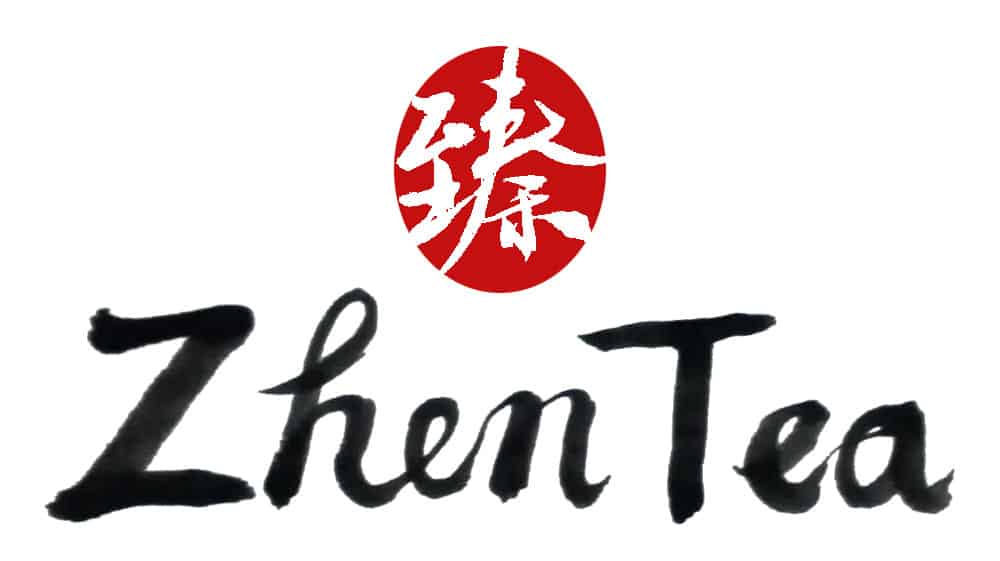
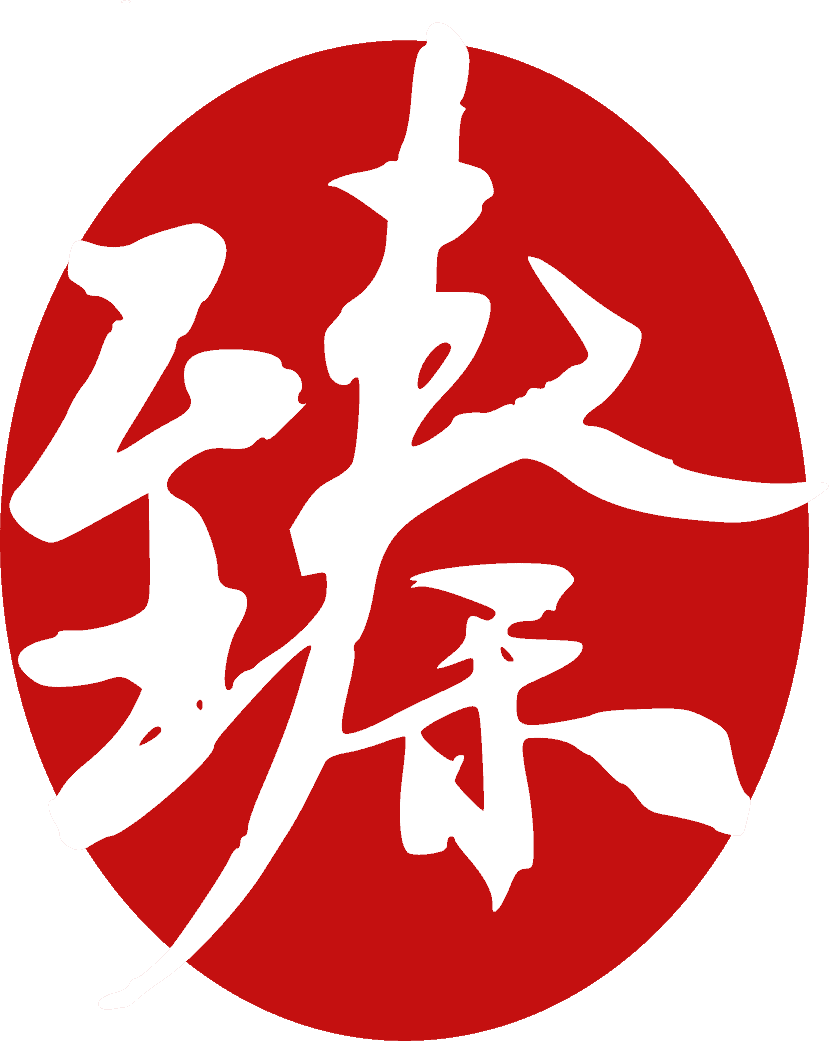
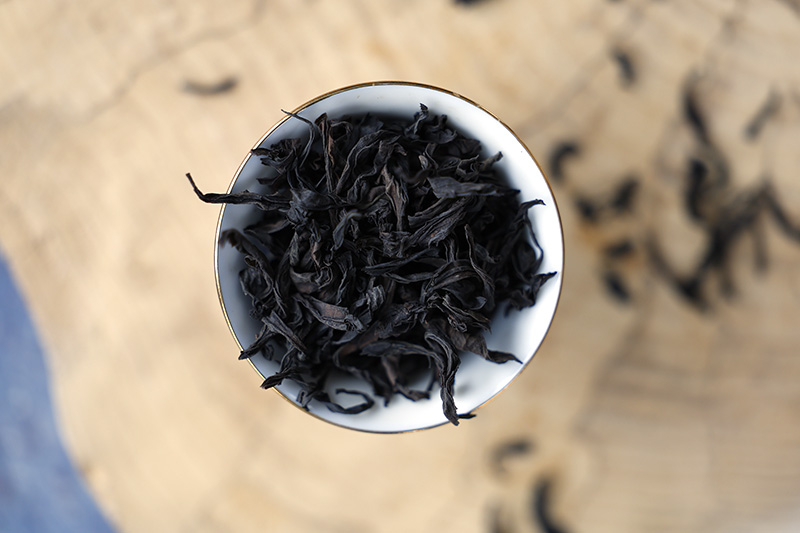
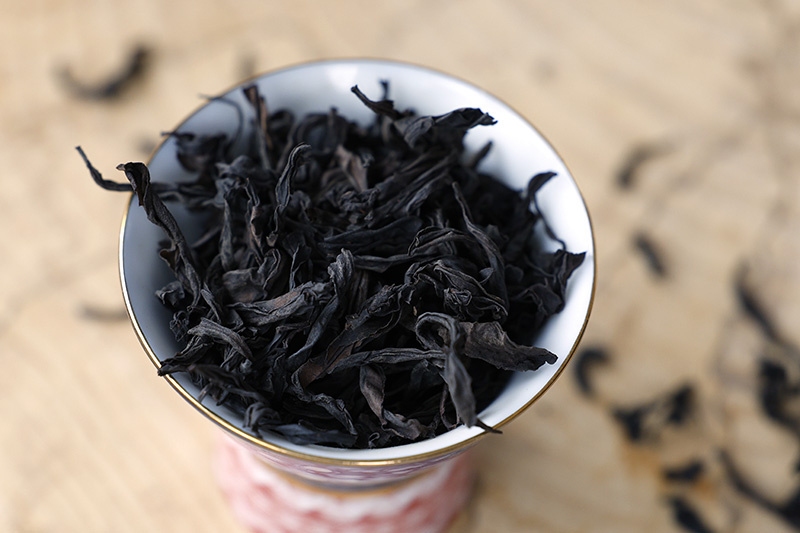
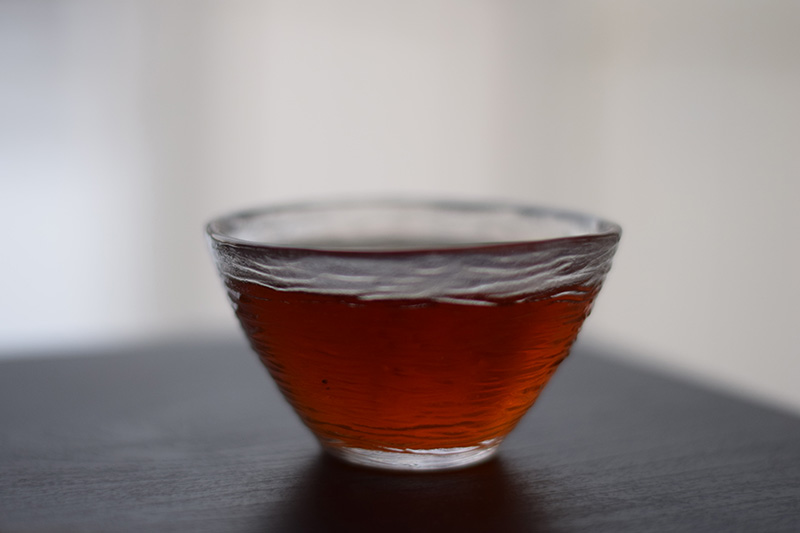
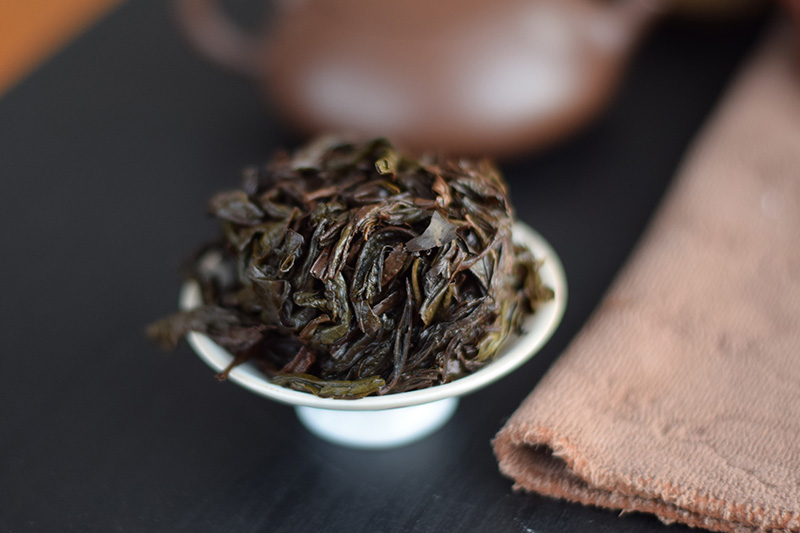
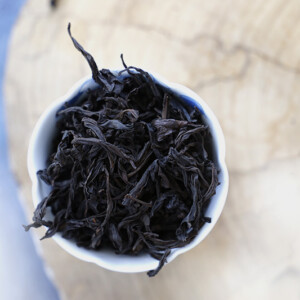

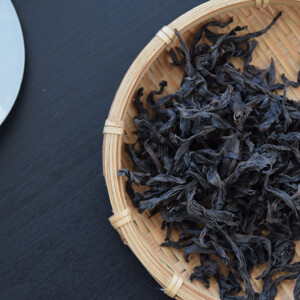
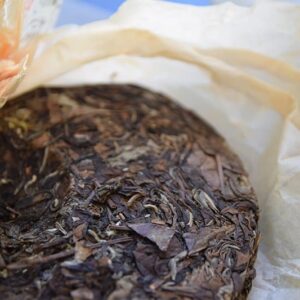
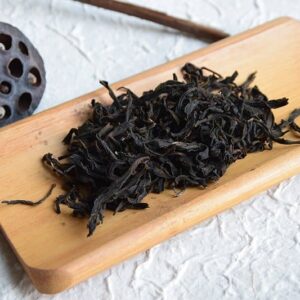
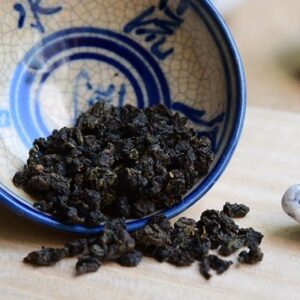
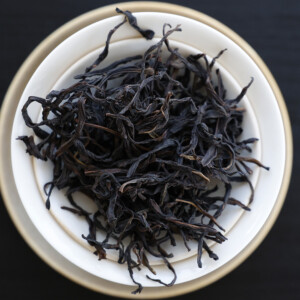
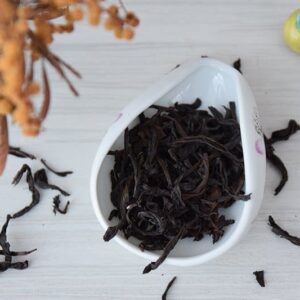
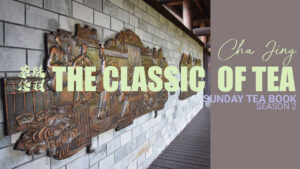
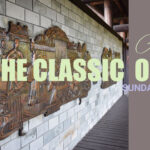
Reviews
There are no reviews yet.